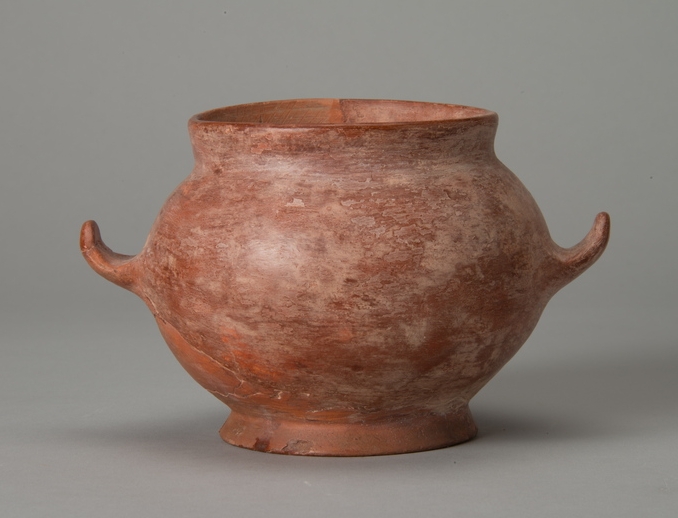The beginnings of the Saiku
The beginnings of the Saiku
 The oldest archaeological evidence related to the Saiku that has been found within the Saiku site is that of a fence from the end of the 7th century. The fence is thought to date roughly from the time of Princess Oku , the earliest documented Saio. Excavations have revealed that the Saiku was made larger and more elaborate in the 8th century, though its full size has yet to be established.
The oldest archaeological evidence related to the Saiku that has been found within the Saiku site is that of a fence from the end of the 7th century. The fence is thought to date roughly from the time of Princess Oku , the earliest documented Saio. Excavations have revealed that the Saiku was made larger and more elaborate in the 8th century, though its full size has yet to be established.In the neighborhood of the Saiku site are sites of many pottery workshops that produced hajiki, a type of reddish-brown, unglazed earthenware. Some theories suggest that these pottery workshops were associated with the Saiku.
On display here are examples of hajiki retrieved from the site of the hajiki workshops. These are shown alongside examples of 7th and 8th century hajiki retrieved from the Saiku site.
Mokkan (wooden tablets)
Ancient people often used wooden tablets to write on, instead of paper, which was still rare and expensive. Excavated examples of inscribed wooden tablets are valuable sources of information for the study of ancient history. Unfortunately, however, not a single wooden tablet has yet been found at the Saiku site. The soil of the Saiku site has low moisture content due to its plateau location, a condition not conducive to the preservation of wooden objects.On display is a replica of a wooden tablet excavated at Asuka, one of the ancient capitals. The tablet is inscribed with the name Princess Oku , one of the imperial princesses who became a Saio.
